How the field watch journeyed from saving lives in the hellish trenches of World War I to decorating the wrists of fashionably rugged-looking civilians a century later is a rather befuddling tale. In this feature from the WatchTime archives, contributor Allen Farmelo takes us through it.
At first only acceptable for women, the wristwatch finally gained currency among men during the American bicycle craze of the late 1800s when a bevy of clever devices for strapping watches to the wrist – then called “wristlets” – were developed and marketed for hands-free time telling. During the second Boer War (1899-1902) and World War I (1914-1918), soldiers began buying these wristwatches because they believed, quite accurately, that a watch could help keep them alive by synchronizing movements at the front with the larger artillery blasts happening behind them. When service ended, some survivors of these wars began to use their wristwatches for hunting, fishing, hiking, bicycling and driving the occasional automobile. Watch manufacturers in Europe and America were quick to catch both the military and civilian trends, and advertisements readily conflated both uses into one message: rugged men doing rugged things needed a rugged wristwatch.
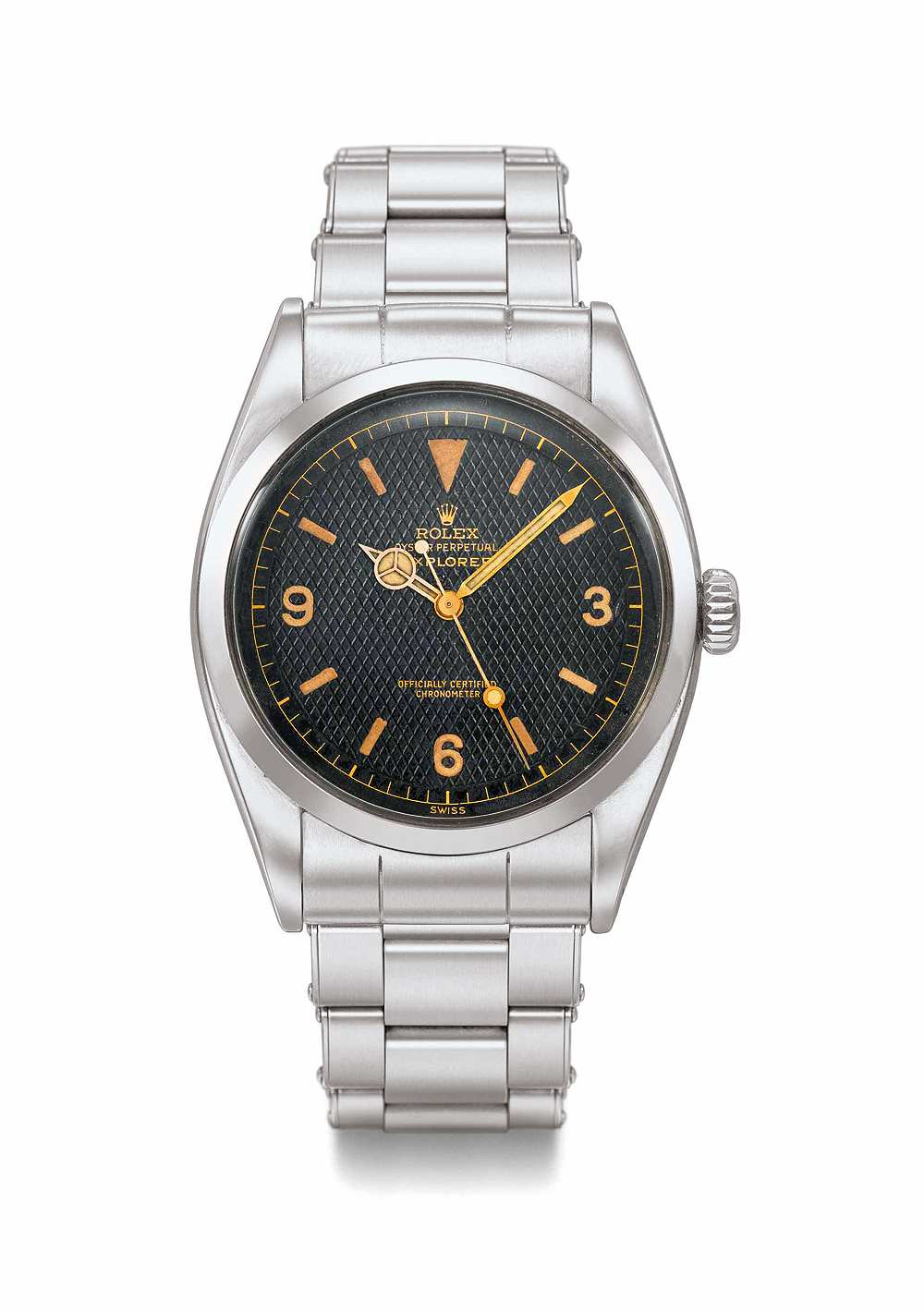
In 1903, Dimier Frères & Cie. issued a patent for a watch case with attached lugs to hold the wrist strap, and as early as 1913, the New York-based mail order company Ingersoll – capable of churning out as many as 8,000 watches a day – was advertising these new wristwatches to “outdoor folks” and “husky sportsmen.” Other companies dubbed similar watches the “Skirmisher,” the “Campaign Watch” and the “Territorial Wrist Watch.” Before long, “Khaki” began to appear in ads for watches with straps made of beige webbing, and as early as 1917, the American company Depollier was selling moisture-proof wristwatches with luminous dials and Waltham-built movements as the “Khaki Watch.” The field watch as we know it today was thus codified over 100 years ago.
Shedding Victorian Values and Embracing the Great Outdoors
While these new wristwatches appealed to soldiers for obvious reasons, they also appealed to a whole generation that was shrugging off the high decoration and strict etiquette of the Victorian and Edwardian eras in favor of stripped down, functional designs and increasingly relaxed social norms. Between the World Wars, wristwatches also aligned with a rising obsession with the great outdoors, epitomized by the legacy of John Muir’s conservationism, Teddy Roosevelt’s formation of the American National Parks and the vast popularity of Ernest Hemingway’s stories about the contemplative WWI veteran and trout fisherman Nick Adams. This was a context within which a rugged tool watch could begin to capture the hearts of civilians.
Rolex, Tudor and the Civilian Roots of the Field Watch
In 1919, Hans Wilsdorf moved Rolex from London to La Chaux-de-Fonds, Switzerland, where he began to perfect his waterproof Oyster case, and in 1946, he formed Tudor in order to offer similar but more affordable watches. A brilliant marketeer, Wilsdorf would exploit headline-grabbing explorers and athletes as watch brand testimonees, cementing the idea that a wristwatch could act as a symbol of one’s ruggedness and bravery. That symbolic power was – and still is – one of the core appeals of the field watch.
Even though Rolex took on only limited military contracts, many World War II soldiers – especially pilots – would buy Oysters for themselves because the legibility and accuracy far exceeded that of mil-spec watches. Wilsdorf couldn’t have asked for a better promotional lift, as these Rolex-wearing military personnel were fast becoming folk heroes and style icons. Capitalizing on that marketing opportunity, Wilsdorf rebranded the Rolex Oyster as the Air-King in 1945, a move that dovetailed perfectly with the emergence of the Jet Age after WWII. In 1953, Wilsdorf rebranded an Oyster with numerals on the dial as the Explorer, this time capitalizing on an Oyster having made it to the top of Mt. Everest with Sir Edmund Hillary’s team. Though neither the Air-King nor the Explorer were military issues, they brought straightforward aesthetics and battle-ready durability to the wrists of countless civilians.

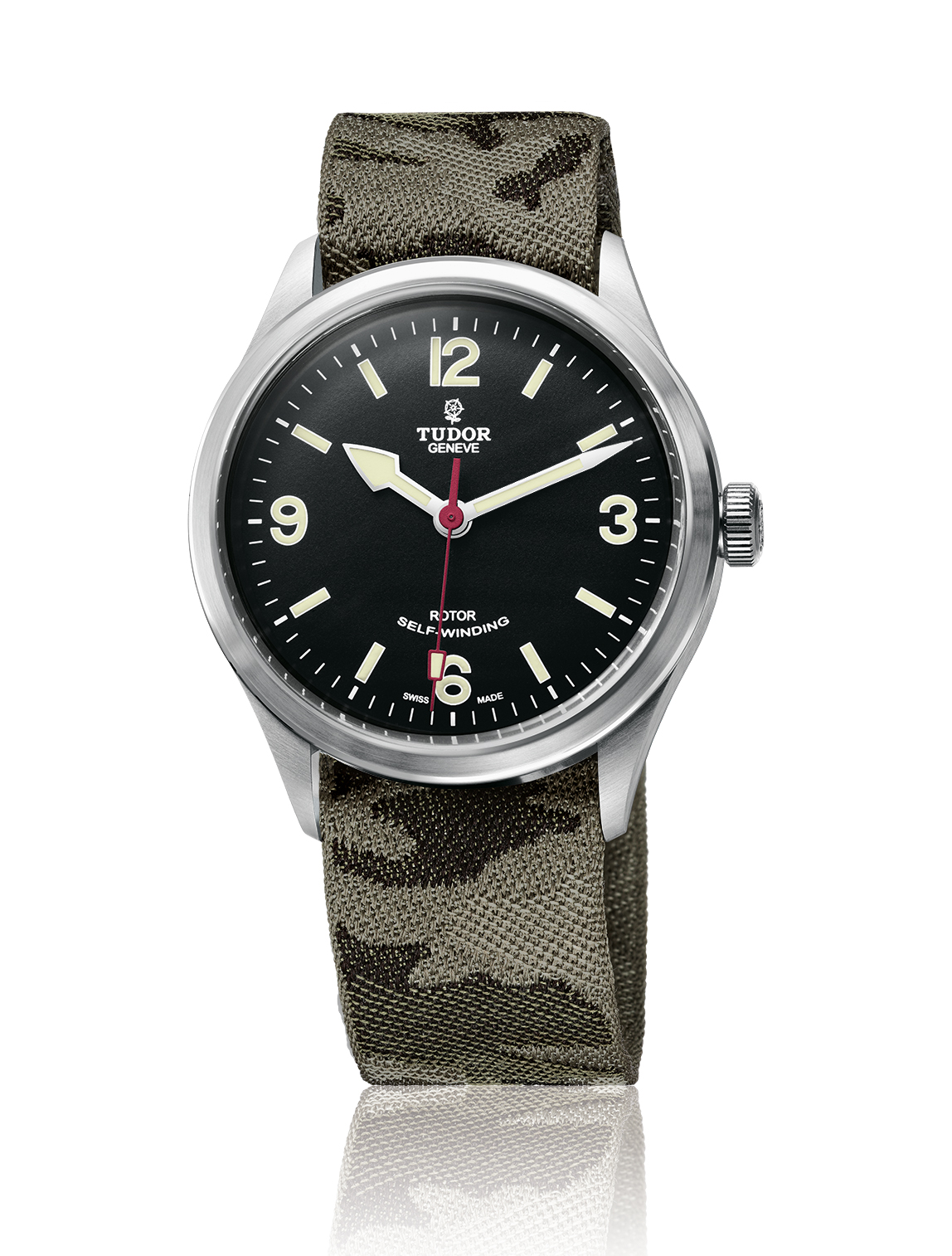
The Air-King raises questions about the differences between pilots’ watches and field watches. Though many watches were designed with pilots in mind (e.g., Charles Lindbergh’s clever Longines Hour Angle, Zeniths with billboard-sized dials, various chronographs and eventually GMTs), many WWII mil-specs covered watches for both air and ground divisions, making it difficult to draw a clear line between the two categories. Because most civilians never become pilots, commercial marketing of these watches focused on “the field,” a term which likely derives from ‘battlefield’ but which has long since become synonymous with the great outdoors. In the case of Rolex – as well as many other brands – the distinction between a pilots’ watch and a field watch may come down to naming conventions and marketing, neither of which deliver a definitive distinction.
Nonetheless, the Rolex Explorer was popular enough during the 1950s that Tudor brought out the Ranger as an affordable alternative in the early 1960s. With its black face, bold luminous markers and an impenetrable Rolex Oyster case, the Ranger epitomized the simple aesthetics and functionality of the field watch. In 2014, Tudor reissued it as the Heritage Ranger, a 41-mm field watch with a camouflage strap that helped shuttle the company back to the top of Swiss watchmaking. That camouflage strap suggests a military connection that was never really there while also capitalizing on the recent revival of camouflage in popular fashion; one can imagine that Hans Wilsdorf, the clever marketeer, would wholly approve.
The Rise of the Hamilton Khaki Field Watch
Why would a WWII-era watch design still hold sway over the popular imagination during the 1950s and ’60s, a time when fast-paced futurism promised to put the war as far behind as possible? Part of the answer is the endurance of military men as sex symbols in WWII-themed films after the war – especially 1951’s Oscar-nominated film The Frogmen, which helped cement Hamilton’s military watches into the popular imagination as symbols of masculinity and bravery.
Like most American manufacturers, Hamilton stuck to WWII-era military specifications after the war, but in 1964, the U.S. Department of Defense issued watch specification MIL-W-46374A, the template for Hamilton’s 33-mm Ref. 9219, a time-only watch with a 24-hour inner track that Hamilton would readily produce millions of. Predictably, those numbers swelled during the Vietnam War.

By the end of the 1960s, Hamilton had partnered with L.L. Bean to sell co-branded versions of the 9219 through the Maine-based mail order company’s catalog. Offered alongside Swiss Army knives, compasses, thick wool socks and other outdoorsy goods, Hamilton would repeat this co-branded marketing strategy with Orvis and Brookstone, as well as selling countless Hamilton-branded Khaki Fields to other commercial outlets. When the MIL-W-46374A specification became defunct in the 1980s – leaving massive manufacturing capability potentially inert – Hamilton began to hit the civilian market even harder with the Hamilton Khaki Field Watch, effectively transforming this military icon into an outdoorsy lifestyle accessory.
Mil-Spec Becomes Mil-Chic
In a stroke of good luck for Hamilton and other companies selling field watches, the military-influenced style was undergoing a complex journey into high fashion during the 1970s and ’80s. In 1971, Yves Saint-Laurent unexpectedly turned camouflage prints into runway chic, a gesture in perfect sync with anti-war protesters in the U.S. who sported combat uniforms with studied irony. By the 1980s, politically minded punk bands like The Clash helped make army jackets as common as blue jeans, while Andy Warhol started painting huge canvases with camouflage patterns. Camo had become a fashion statement, which in turn fueled a significant uptick in army surplus stores at the time.
It was in this milieu that the preppy weekender look – which has always borrowed liberally from military garb – would ascend to great heights. Paul Newman and the ever-outdoorsy Robert Redford sported aviator sunglasses, khaki pants and field jackets with effortless aplomb and massive sex appeal. Meanwhile Andy Warhol – somewhat confusingly as a glamorous, gay, urban art star – complemented his Levi’s, Chelsea boots and horned-rimmed glasses with a red L.L. Bean down-filled puffy vest. Passing away in 1987, this would be one of Warhol’s last looks, one so elemental and iconic that’s it’s been a men’s fashion staple ever since.
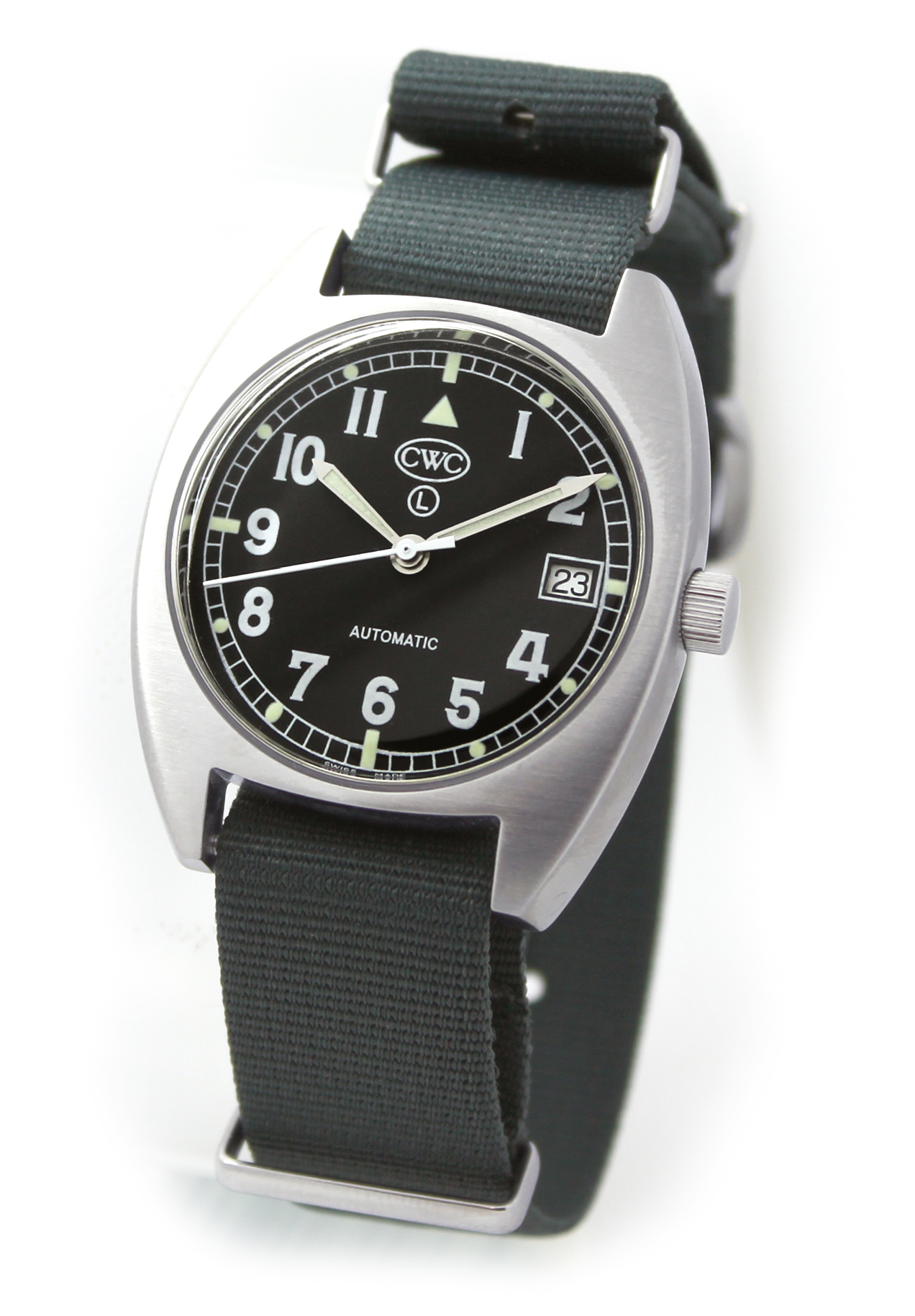
These outdoorsy styles became so widespread and have endured for so long that today we hardly notice the military origins of camouflage-print Louis Vuitton handbags, $500 Prada aviators, or the epaulets and ammunition holders on a Ralph Lauren jacket. Following yet another resurgence of the preppy outdoorsy look, today’s so-called heritage brands (L.L. Bean among them) are reissuing items from their back catalogs as the latest styles. Accordingly, in 2018, Hamilton was able to bring out the Khaki Field Mechanical, a hand-wound version that’s become a hit all over again – including, for the first time, fashionable camouflage straps.
Today’s Khaki Field series ranges from blacked-out 50-mm giants to svelte 38-mm steel versions with aged lume and olive green NATO straps. The latter are largely faithful to the aesthetics of the early Khaki Field Watch, and – following current trends down into the sub-40-mm zone – some of the most popular. The resurgence of the Hamilton Khaki Field proves once again that, while technology marches more or less forward, fashion will perennially circle back on itself.
The Mechanical Field Watch in the 21st Century
Beyond Tudor and Hamilton, the field watch is seeing a broad resurgence among many brands, old and new. Below are a few examples that demonstrate how brands today are playing with field-watch style, mixing up various features to create new models that scratch that old itch for durability, simple design and the symbolic power of sporting a tough little tool watch.
CWC General Service (£199-£449) – In the 1970s, the Cabot Watch Company, or CWC, established itself in order to snatch up newly available contracts with Britain’s Ministry of Defense as Rolex and Hamilton relinquished these shrinking partnerships. By the 1990s, CWC was starting to sell mil-spec watches to civilians, and today, CWC’s blocky, utilitarian General Service models are available in a range of compelling and affordable models. The CWC W10 GS, for example, sports an ETA 2824 automatic mechanical movement, a rounded, 38-mm stainless-steel case and a classic mil-spec dial that could easily pass for a WWII-era watch. Other CWC GS models recreate the quartz units of the 1980s and ’90s in a number of military-inspired colorways.
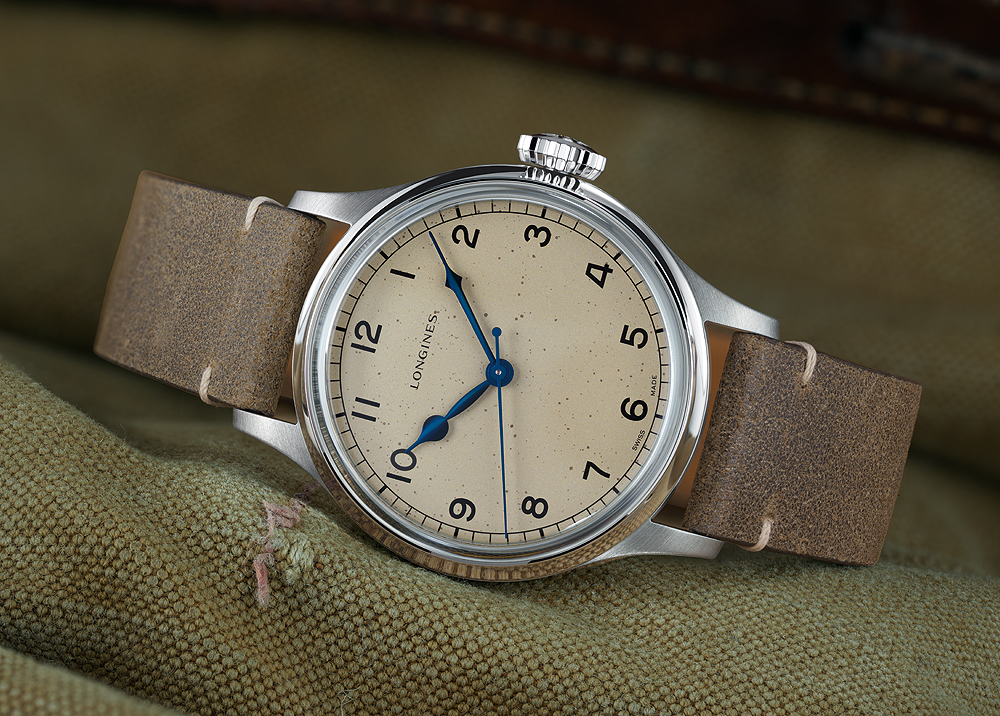
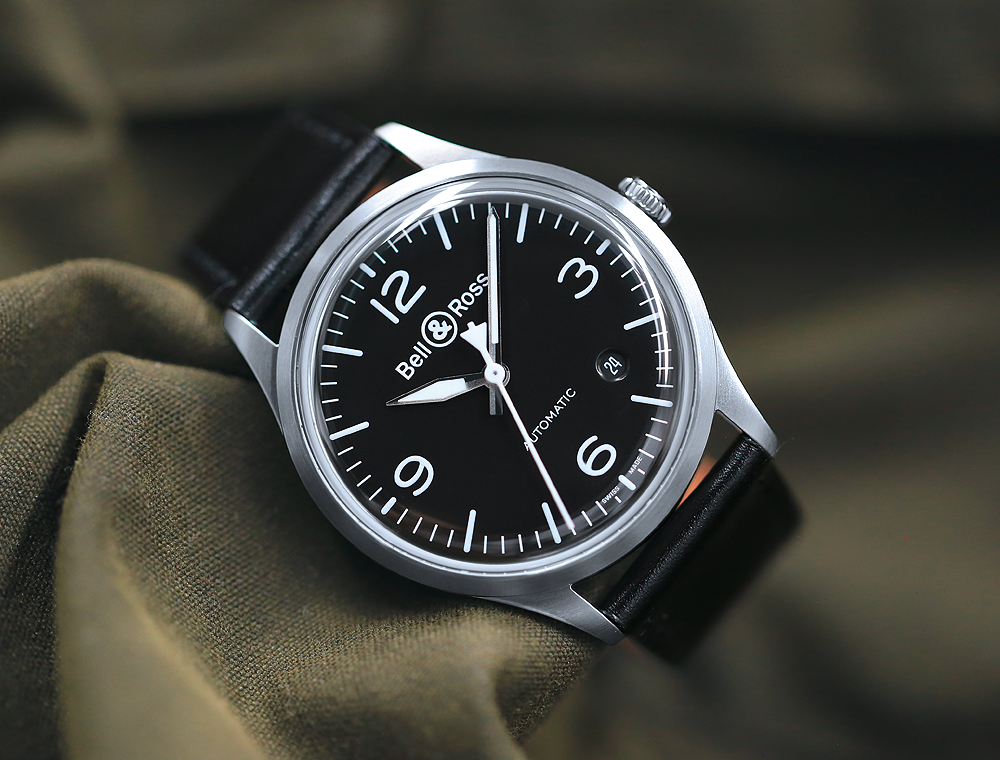
Longines Heritage Military Watch ($2,150) – Despite its somewhat ordinary name, the Longines Military Watch was one of the most alarming watches in all categories for 2018 because it included an intentionally “aged” dial. That aging was achieved by randomly splashing flecks of dark paint onto the cream dial, creating what many call “fauxtina.” That dial may look a little odd against the otherwise unblemished case and the brand new blued steel hands, but these speckles add depth and warmth to the simple elegance of this 38.5-mm time-only field watch. The L888 movement (built on an ETA A31 base) beats a little slower than today’s standard, but in so doing offers up a robust 65-hour power reserve.
Bell & Ross BR V1-92 Military and BR V1-92 Black Steel ($1,990) – Where CWC and Longines can draw on their own heritage, younger brands don’t let that stand in the way of producing some of today’s most compelling field watches. Consider the Bell & Ross BR V1-92 Military and BR V1-92 Black Steel, two 38.5-mm automatic mechanical field watches released in 2017. Bell & Ross excels at playfully patching together preexisting design elements to create their own concoctions, and with the BR V1-92 Military they’ve done so with characteristic grace: aged lume, a minutes track around the dial (no hours), a “mouse pip” at noon, a red “MT” logo (stands for Military Type) and a decidedly plain brushed steel case. For those seeking something more straightforward, the Black Steel’s monochromatic dial offers eye-grabbing legibility and classic military style. Though neither model resembles any historical reference, both the Military and the Black Steel look just like field watches ought to; as such, they are brilliant examples of how functional military design elements have become fashionable aesthetic cues over time.
Weiss 38-mm Standard Issue Field Watch ($950-$1,995) – Another interesting riff on the field watch comes from California-based Weiss Watches, a recent phenomenon in the American watch scene. We might catch a bit of irony in the name Standard Issue Field Watch, as this design is neither standard nor issued; instead, like the Bell & Ross, Weiss has combined classic field-watch details to excellent effect. With a 38-mm steel case, a subdial for running seconds at 6 and a railroad minutes track, this watch exudes classic field-watch style. Meanwhile, the “Los Angeles, CA” label across the dial announces that there’s no bona fide military connection whatsoever. Two movements are available: the manually wound Caliber 1005 built on an ETA 7001 base and the automatic Caliber 2100 built on an Eterna 39 base. Those looking for a bigger watch will want to jump up to the 42-mm model that features Weiss’s in-house manually wound Caliber 2005 (starting at $2,250 for steel and going up to $8,950 for the solid 18k yellow-gold models).
Seals Model C Field Explorer ($640) – Affordable, funky and inspired by seemingly everything from WWII at once, the Seals Model C Field Explorer combines various field-watch elements into a wholly original-looking watch. The blocky case and wire lugs are reminiscent of a Panerai Radiomir, while the generously lumed numerals and markers, broad hands and high contrast outer track offer classic field-watch legibility. Inside is a Swiss Technology Production 1-11 automatic mechanical movement capable of storing 44 hours of power. For the funkiest version, go for the aged stainless-steel finish with the blue dial.
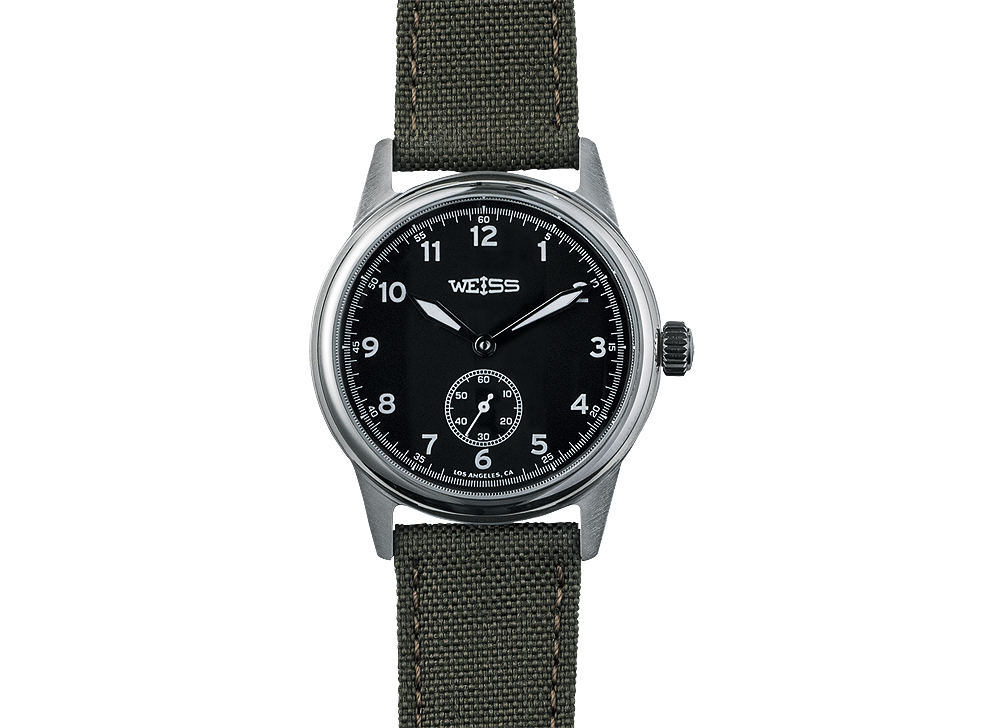
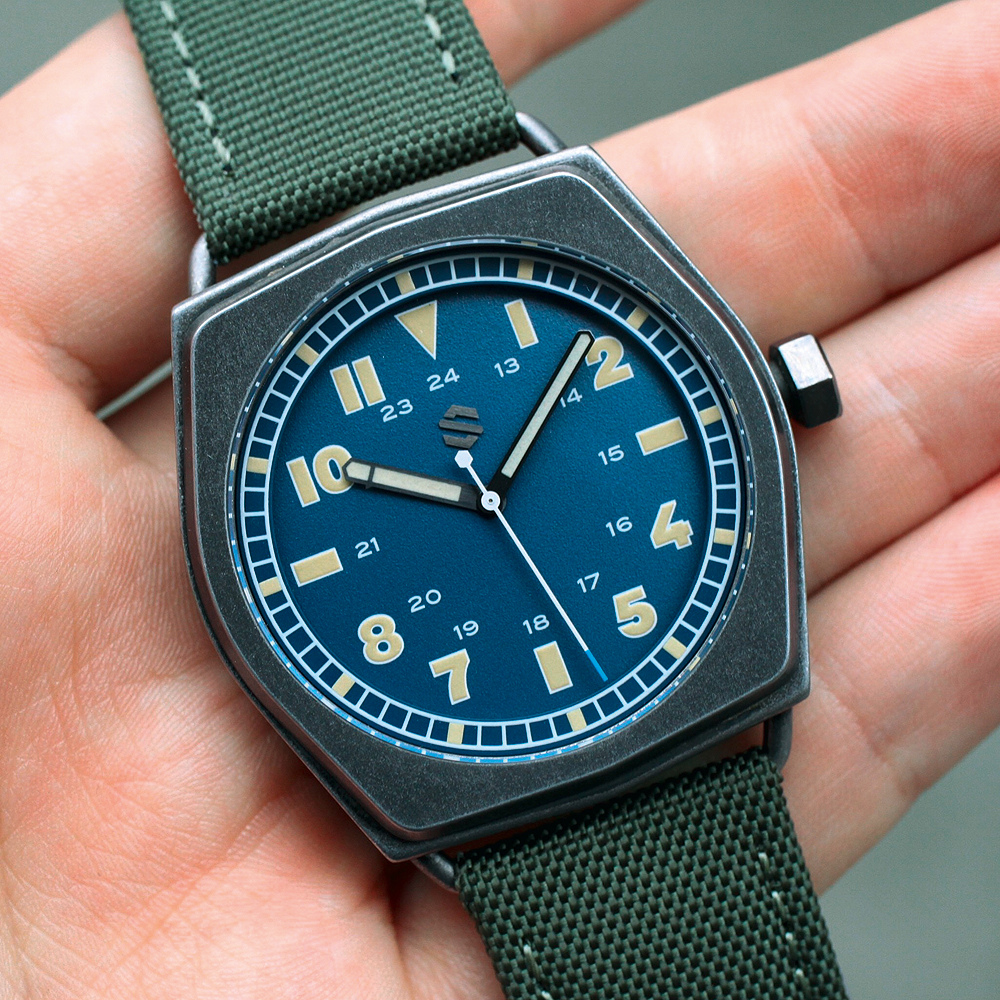
The Future of the Field Watch
Where complicated watches draw us into nuanced engineering feats and bejeweled watches dazzle us with diamonds, the field watch must stick to the simplest design formula without succumbing to banality. Witnessing and judging attempts by watchmakers to meet that design challenge is surprisingly rewarding, enough so that over a century after its inception, simple field watches are some of the most highly anticipated iterations each year. Despite the slow pace of their evolution – or perhaps because of it – we can count on field watches to hold our imaginations, not only as companions for life’s various adventures, but as symbols of who we’d like to be as we explore, scout, range and traverse whatever it is we consider to be the field.


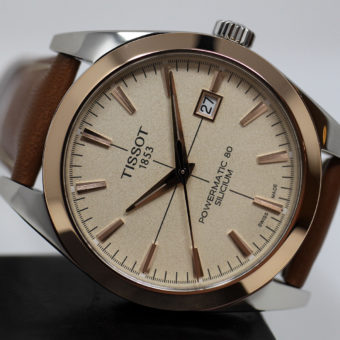
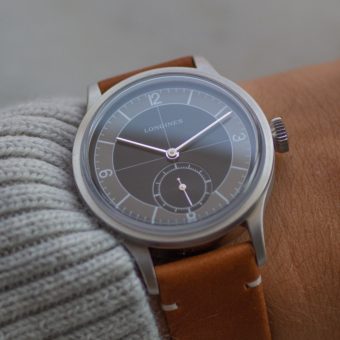
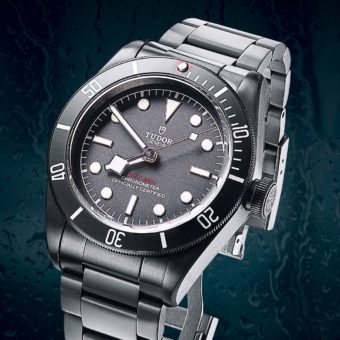


A very good articles on field watches ,especially about the Tudor , happen to see an early Tudor automatic from the late 40’s that was power by an bumper automatic “A Schild 1250 ” In perfect original condition
Love my Hamilton Kaki..With a flat black titanium case and blacked out seconds hand with a white top that appears to float its a great watch when you don’t want to show off
Very near……
I love functional watches and their history.
Even Rolexes need repairs (my 114270 needs repair, I have many watches). Truth is my BOLDR Field watch was <$500…. bulletproof, Miyota movement, hacking, Titanium, Erika Nato… Best watch for daily wear…
Very informative article Allen. Really enjoyed reading it. When you get a chance I would love to see an article on pilots watches, Fleigers in particular.
Many thanks.
Absolutely fabulous article on the history and development of field watches and their development into the fashion watches of today.
I have always loved military-inspired watches (Fields, Fliegers, Pilot Chronos, Divers) and can echo the comments of a previous poster above. I absolutely LOVE my two Timex Expedition Scout watches (beige/black dial & black/white dial). Inexpensive, dead reliable, accurate timepieces that carry off the classic Field Watch aesthetic very well indeed!
“In 1953, Wilsdorf rebranded an Oyster with numerals on the dial as the Explorer, this time capitalizing on an Oyster having made it to the top of Mt. Everest with Sir Edmund Hillary’s team.”
Hillary wore a Smiths to the summit. Rolex are on the record saying as much (see the Rolex wikipedia entry)
But Tenzing wore a Rolex Datejust that he had been gifted by Rolex for being part of a Swiss led expedition the previous year.
It is refreshing in these modern times to go back to a time only simple but rugged watch. I do not dig the modern smart watch or the g shock watches that have started to move away from the rugged simplicity of what a field watch should be.
My cwc never let me down throughout my 15yrs military service, and now I’ve bought the same watch to take me on my journey in civilian life.
When I started collecting vintage steel Rolex watches in the 1980s, dealers would insist I also purchase multiple Tudor field watches to qualify for the Rolex models that I often discovered to be Franken watches but the Tudor were more or less pristine. Regret greatly that I did not save the so called lessor samples selling off for dollars. If only I could return in time to dump the Rolexes instead, collecting the Tudors!
I am an American, I grew up in Waterbury Connecticut and worked in more former watch factories than I can count. Give me a sub $100 Timex all day every day and it will outlast just about every watch on that list without needing service. Please justify a $1,800 watch that needs to go to a watchmaker every two years for $100 service when I have a $30 windup Timex from the 70s that has never been serviced, sat under a lawnshed for 12 year and still keeps perfect time. Overpriced status is what you are pitching.
Excellent article. I enjoyed reading and learning a bit of field watch history.
Why not mention the long history Omega has as a field watch?
Great writing from Allen, as always!
Enjoyed this very much. I’ve never really understood the field watch until now. Thank you!
So enjoyed this overview – the historical emerging story —- filing in so many blanks for me – much more could likely be told —-Thank you